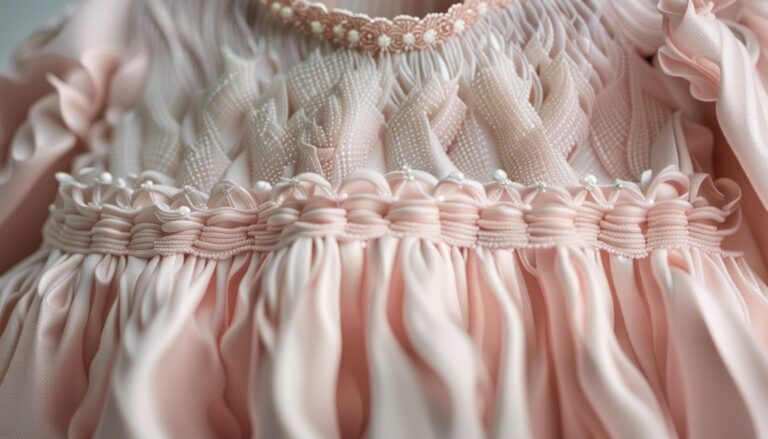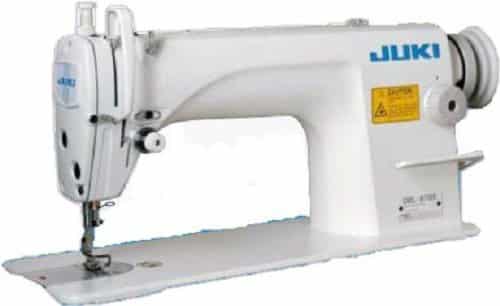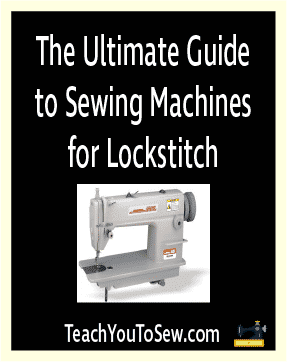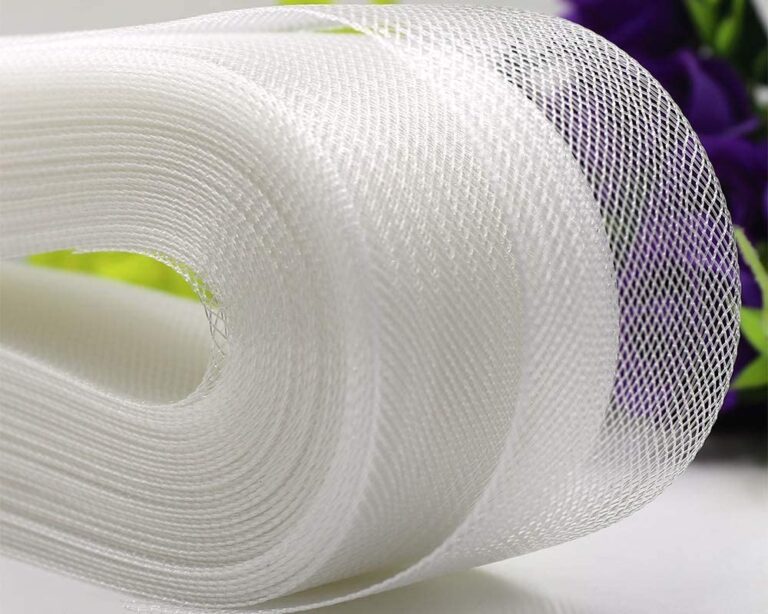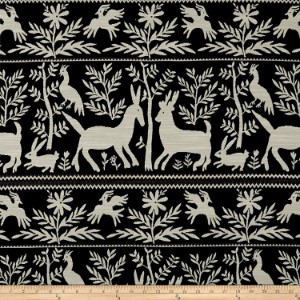Bonded Leather: History, Properties, Uses, Care, Where to Buy
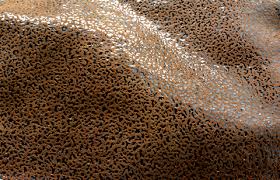
One of the most essential synthetic leathers is Bonded Leather. This leather is also known as blended or reconstituted leather. Bonded Leather is a blend of artificial and original leather. This leather is manufactured with a blend of polyurethane and leftovers of material used in making original leather-like fibres and scraps. The fibres used in Bonded Leather are rolled with adhesives and bond onto a paper backing.
Moreover, some producers also emboss and add an extra polyurethane layer to give it a real leather-like texture. Bonded Leathers generally have 10% to 20% original leather.
Table of Contents
History of Bonded Leather
Leather has a massive role in the textile industry. Wool and fur are one of the most useful human discoveries. However, artificial or synthetic leather is a recent discovery.
Germans invented the Bonded Leather in the 19th century. This fabric was widely used by Germans during the second world war to replicate genuine leather. The first synthetic leather in the international market was in 1920, which was the invention of Naugahyde.
Properties of Bonded Leather
Eco-Friendly:
The Bonded Leathers are environmentally friendly because the leftovers make it of genuine leather. This reduces the landfill waste created by original leather.
Consistent Products:
When produced, this leather has no any natural defects with minimum variations in each batch. It has smooth texture and consistency, unlike original leather.
No Damage Repair:
Due to less quantity of original leather, this fabric is very difficult or almost impossible to repair the damage or wear and tear.
Not Durable:
Unlike original leather, the Bonded Leather is not durable. You will experience signs of wear and tear in just a few months or years.
Budget-Friendly:
Bonded Leather has lesser prices than genuine leather. It is due to the lesser quantity of real leather.
Colours and Styles:
The Bonded Leathers can be found in a variety of styles and colours.
Releases Chemicals:
Bonded Leather, over time, releases chemicals which were used for bonding the fibres.
Uses of Bonded Leather
Covers and Cases:
The Bonded Leather is mostly used for making covers for books, electronic devices and cases etc. Covers made of Bonded Leather is beautifully designed and can be found in different varieties.
Home and Furniture:
Bonded Leathers has a massive role in the furniture industry. Manufacturers make sofas, couches, and other items using Bonded Leather because unlike genuine leather, it is more affordable.
Clothing and Fashion Accessories:
This leather is majorly used for clothing and fashion accessories—handbags, wallets, jackets, belts, briefcases and more. Bonded Leathers holds a considerable part in the textile industry.
Caring of Bonded Leather
If you have the fabric of any kind, be it linen, jacquard, Bonded Leather or anything, you will always have to take care of it. For Bonded Leather, you should never use harsh chemicals on it. It will destroy your fabric and strip its clear coating. You should use soft cloth for dusting and wiping. In the case of furniture, you should clean it weekly. It would help if you also used a leather conditioner to protect its surface.
You should never put items made of this fabric under direct sunlight; it will weaken the fabric. If you follow these basic care instructions, I bet your fabric will have a longer life, and you will not face easy wear and tear.
Where to buy Bonded Leather Fabric
We recommend buying Bonded Leather fabric at Fabric.com.



